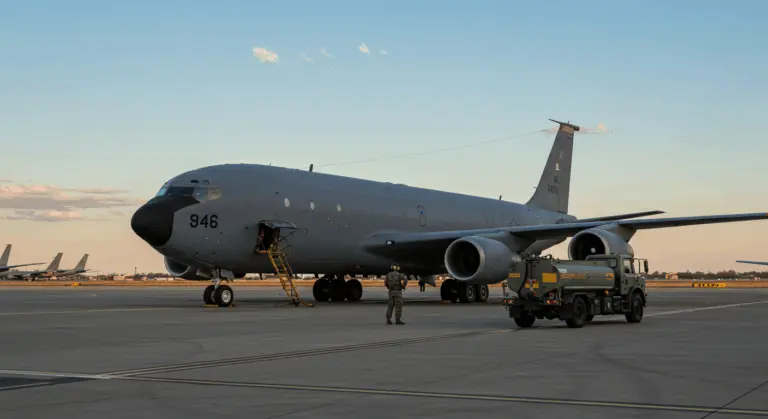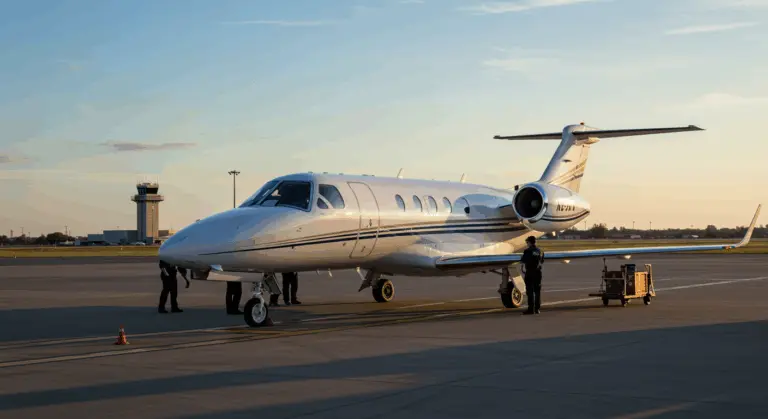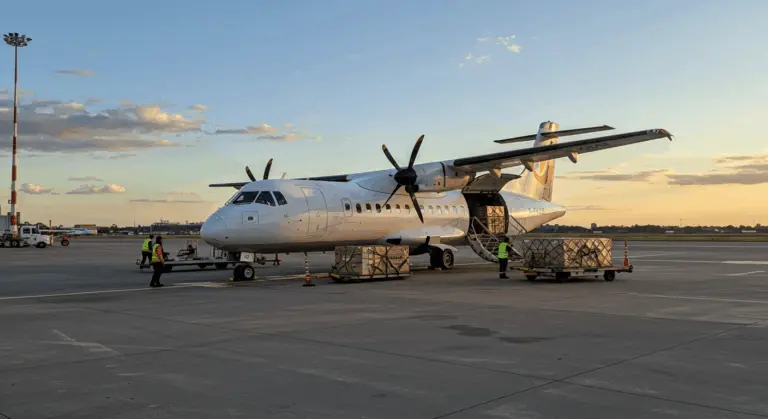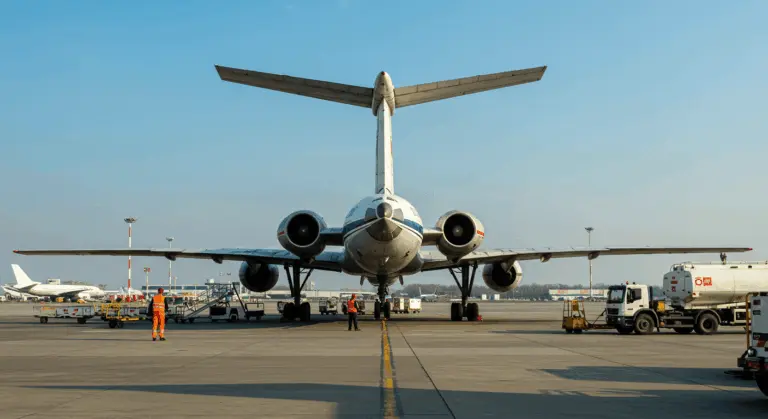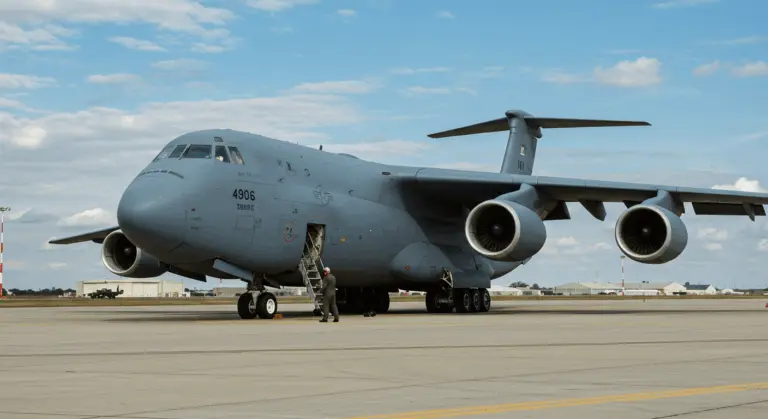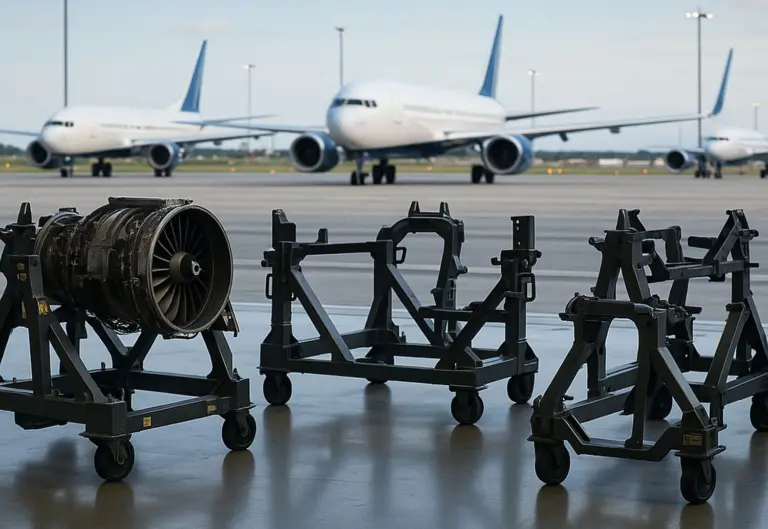Overview of the Douglas DC-8
The Douglas DC-8 stands as a pioneering long-range, narrow-body jetliner crafted by the Douglas Aircraft Company. This four-engine commercial aircraft emerged during aviation’s transformative jet age, representing a significant advancement in air travel technology. Its development journey began in 1952, initially sparked by a United States Air Force requirement for a jet-powered aerial refueling tanker.
The DC-8 would ultimately become the backbone of numerous major airlines’ fleets, delivering capabilities that transformed long-distance air travel. Its design philosophy centered on three pillars: efficiency, reliability, and adaptability. These design principles proved effective, enabling the aircraft to flourish through multiple variants and excel in diverse roles far beyond passenger transport—from cargo freighters to research platforms and humanitarian lifelines.
History of the Douglas DC-8
The DC-8’s history embodies the innovation, fierce competition, and remarkable adaptation that defined mid-20th century commercial aviation. More than sixty years later, aviation enthusiasts still regard the DC-8 as a classic that left a lasting mark on the industry. Its development unfolded during aviation’s pivotal transition from propeller-driven aircraft to jet-powered airliners—a shift that forever transformed global air travel.
The aircraft’s story intertwines with the intense rivalry between Douglas and Boeing, a competition that propelled both manufacturers toward groundbreaking advances in design and technology. While Boeing’s 707 often claims recognition as America’s first successful jetliner, the DC-8 delivered several distinct advantages and innovations that secured its rightful place in aviation history. This competition drove innovation, resulting in better performance, comfort, and efficiency for airlines and passengers.
During its fourteen-year production span from 1958 to 1972, Douglas crafted 556 DC-8 aircraft in various configurations, demonstrating the design’s versatility and enduring appeal. The aircraft’s history also encompasses the 1967 merger between Douglas Aircraft Company and McDonnell Aircraft Corporation, forming McDonnell Douglas, which supported the DC-8 platform until its 1997 merger with Boeing.
Development and Early Design
The Douglas DC-8’s genesis began with the company’s ambitious bid for a jet-powered aerial refueling tanker contract with the U.S. Air Force. Although Boeing ultimately captured this contract with their KC-135 design, Douglas recognized the untapped potential for a commercial jetliner and continued the DC-8 project independently. This was a significant gamble for Douglas—a company that had dominated the propeller aircraft market with its legendary DC series but now risked obsolescence in the emerging jet age.
On June 7, 1955, Douglas officially announced the DC-8 program, projecting development costs at $450 million—equivalent to billions in today’s currency. The initial blueprint envisioned an aircraft capable of transporting 125 passengers across 3,700 miles, propelled by four Pratt & Whitney JT3 turbojet engines. Douglas aimed to exceed the Boeing 707’s performance in critical areas: passenger capacity, range, and airport compatibility.
Following nearly three years of intensive development, the first DC-8 emerged from the Douglas factory in April 1958—a pivotal milestone for the company. The aircraft’s maiden flight occurred on May 30, 1958, just over a month after the rollout ceremony. This inaugural flight launched a comprehensive testing program that would culminate in the DC-8’s certification and commercial debut with Delta Air Lines and United Airlines in 1959, marking a new era in commercial aviation.
Variants of the DC-8
The Douglas DC-8 evolved through several distinct generations. The foundational Series 10 through 50 established the aircraft’s market presence, while the revolutionary Super 60 and 70 series extended its operational relevance well into the 21st century. The 1967 merger with McDonnell Aircraft Corporation streamlined production processes and enabled innovative variants like the -62 and -63.
The Super 60 series, unveiled in the mid-1960s, showcased stretched fuselages and refined aerodynamics. Three primary variants emerged:
The versatility of the DC-8 design is evidenced by the numerous specialized variants developed for specific roles, including combi aircraft (capable of carrying both passengers and cargo on the main deck), dedicated freighters, and VIP transports. As of 2004, 159 DC-8s, mostly Super 60 and 70 series, remained in active operation globally. This longevity testifies to the fundamental soundness of the original design and its ability to adapt to changing operational requirements over nearly half a century.
Specifications of the Douglas DC-8
The Douglas DC-8 emerged as a long-range, narrow-body jetliner that set new standards for its time. Powered by four engines, it achieved a cruise speed of approximately 556 mph (Mach 0.82), positioning it competitively against contemporaries. Range capabilities varied dramatically across models—from 3,200 miles in early iterations to an impressive 5,855 miles in later variants—making transcontinental and intercontinental flights routine.
Four pylon-mounted engines powered the DC-8 throughout its evolution. Early models relied on Pratt & Whitney JT3 turbojets, subsequently upgraded to more efficient JT3D turbofans. The Series 70 introduced advanced technology with modern CFM56 high-bypass turbofans—engines that significantly improved fuel efficiency, minimized noise pollution, and extended fleet operational lifespans.
Passenger capacity fluctuated considerably across the DC-8 family, accommodating between 189 seats in standard configurations and 259 in high-density arrangements, particularly within the stretched Super 60 series. Aircraft dimensions evolved throughout production: the original DC-8 measured 150 feet 6 inches in length, while the extended DC-8-61 and -63 variants stretched to 187 feet 4 inches. With its 142-foot 5-inch wingspan and distinctive 43-foot 4-inch tail height, the DC-8 maintained a recognizable silhouette at airports worldwide.
Performance Metrics
The Douglas DC-8’s performance metrics made it competitive during the early jet age. Maximum takeoff weights ranged from 273,000 pounds in initial models to 355,000 pounds in later variants, demonstrating strong lifting capacity. Its maximum landing weight of approximately 240,000 pounds demanded robust structural engineering and landing gear systems. The aircraft’s substantial fuel capacity of around 23,000 gallons enabled impressive range capabilities, though actual operational distances varied based on payload, weather conditions, and mandatory reserve requirements.
Speed performance distinguished the DC-8 in its class. The aircraft could achieve a maximum operating speed of Mach 0.89 (approximately 590 mph), though it typically cruised at Mach 0.82 (556 mph) for optimal efficiency. Its service ceiling of 42,000 feet enabled operations above most weather disturbances, enhancing both passenger comfort and fuel economy. Rate of climb averaged 2,200 feet per minute when fully loaded—providing respectable performance even from challenging high-altitude airports.
Runway performance proved crucial for airline operations. At maximum weight, the DC-8 required 8,000 to 10,000 feet for takeoff and 5,500 to 6,500 feet for landing—distances that varied with conditions and specific variants but generally accommodated most major airports. Airlines meticulously tracked performance metrics like fuel consumption and dispatch reliability to optimize operational efficiency.
Uses of the Douglas DC-8
The Douglas DC-8’s versatility has enabled service in many roles beyond its original passenger airliner role. While it initially revolutionized commercial air travel by delivering jet speeds and comfort on long-haul routes, the aircraft’s robust design and inherent adaptability have facilitated transitions into specialized roles as newer passenger aircraft replaced it in airline fleets. This adaptability has greatly extended the DC-8’s operational lifespan and utility.
Air cargo operations represent one of the DC-8’s most prominent alternative applications. The aircraft’s generous fuselage, substantial payload capacity, and impressive range made them well-suited for freighter conversions. Numerous passenger DC-8s, particularly from the Super 60 and 70 series, underwent transformation into dedicated cargo aircraft, subsequently serving major freight carriers and logistics companies worldwide. These conversions typically involved removing passenger amenities, reinforcing floor structures, and installing sophisticated cargo handling systems alongside large main-deck cargo doors.
Beyond commercial applications, the DC-8 discovered specialized niches in scientific research and humanitarian relief. NASA operates an extensively modified DC-8 as a cutting-edge flying science laboratory, while humanitarian organizations deploy these aircraft to deliver critical aid—emergency hospitals, shelter materials, and water filtration systems—to disaster zones across the globe.
NASA’s DC-8 Research Applications
NASA’s Douglas DC-8 Airborne Science Laboratory represents a sophisticated adaptation of this classic airframe. Operating from NASA’s Armstrong Flight Research Center in Palm dale, California, this aircraft functions as a state-of-the-art flying laboratory supporting diverse scientific missions. Extensive reconfiguration includes specialized equipment installations: multiple instrument ports, strategic viewports, and comprehensive data collection systems that enable scientists to gather vital information about Earth’s atmosphere, oceans, and terrestrial surfaces.
The NASA DC-8 has proven instrumental in countless atmospheric research campaigns, investigating phenomena ranging from air pollution and ozone depletion to hurricane formation and climate change dynamics. Its operational flexibility—flying from mere hundreds of feet above surface level to altitudes exceeding 40,000 feet—enables researchers to collect data throughout various atmospheric layers. International collaborations with organizations like the European Space Agency (ESA) have amplified the aircraft’s global scientific impact.
Satellite verification and calibration missions represent a particularly valuable application of NASA’s DC-8. As new Earth-observing satellites launch, the DC-8 can precisely navigate beneath their orbital paths, collecting comparable data that helps scientists verify satellite measurements and refine algorithms. This ground-truth data is essential for ensuring accuracy in satellite-based Earth observation systems monitoring critical environmental parameters. The aircraft’s exceptional range and endurance make it ideally suited for these demanding missions, which often require precise flight paths over remote oceanic or polar regions where environmental changes are most pronounced.
DC-8 in Humanitarian Relief
The DC-8 has compiled an impressive humanitarian relief record. In documented missions, these aircraft have transported over 375,000 pounds of critical supplies to disaster-stricken regions, including:
The aircraft’s humanitarian value shines through specific large-scale operations: one mission encompassed 18 roundtrips delivering 360 metric tons of relief supplies, while another transported over 90 tons of essential materials including water filtration systems and emergency roofing.
Emergency medical aid delivery represents another crucial DC-8 application. Missions have transported complete Emergency Field Hospitals alongside specialized personnel and equipment. One remarkable operation delivered 110 tons of medical supplies, facilitating over 3,300 patient treatments and 125 life-saving surgeries. Another mission flew an entire field hospital and 19 medical specialists to Sudan, demonstrating the aircraft’s direct, measurable impact on preserving lives during humanitarian crises.
Legacy and Current Status of the DC-8
The DC-8’s legacy is established through its pioneering role in the jet age and extraordinary longevity. While largely absent from commercial passenger service today, its profound impact on air travel standards, aircraft design philosophy, and operational practices continues influencing modern aviation. The DC-8 helped establish long-range jet travel’s viability, creating new possibilities for global connectivity and commerce. Its fierce competition with the Boeing 707 accelerated industry innovation, ultimately benefiting generations of air travelers through enhanced safety, comfort, and operational efficiency.
Today, merely a handful of DC-8s remain operational, serving primarily as freighters, research platforms, and humanitarian aircraft. NASA continues operating its DC-8 as an advanced flying science laboratory, while select cargo operators still deploy the fuel-efficient, CFM56-powered Series 70 variants. These surviving aircraft demonstrate the original design’s fundamental soundness.
The DC-8’s operational decline stems from economic and regulatory pressures—fuel costs and increasingly stringent noise regulations—rather than technical shortcomings. Its historical significance endures, with preserved examples gracing aviation museums worldwide. The aircraft’s remarkable sixty-plus-year evolution from cutting-edge jetliner to cherished aviation classic establishes it among history’s most successful and enduring aircraft designs.

